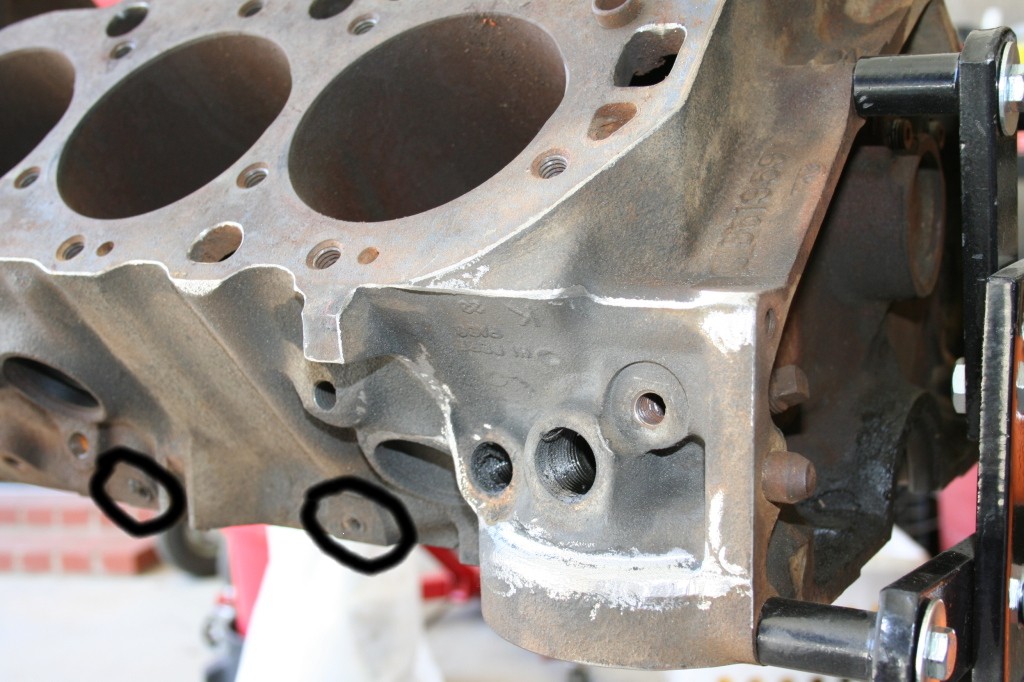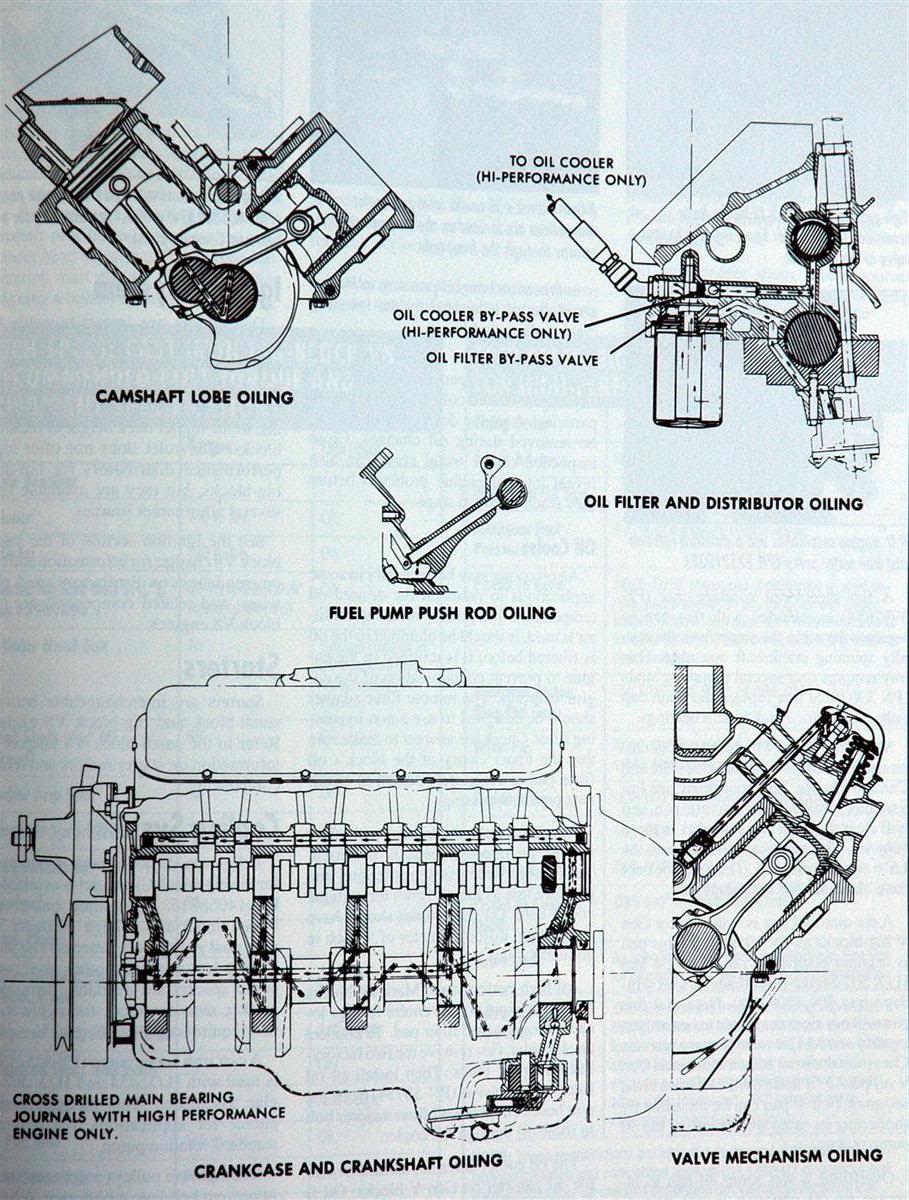voodovette
Member
Hello All...
Long time(longer story), no speak... Sorry about that.
Anyway, as the result of a Comp Cams Pro-Magnum Steel Roller Rocker Arm failure(unfortunately the second one,
with never-so-much as a pop, snort or backfire), I am reconfiguring the external lubrication remote filter
(A/C Delco PF35L) and Oil Cooler lines to incorporate 1, maybe 2, MOROSO Pt. #23875, 1/2 NPT Oil System
Check Valve(s), after catching the failure within seconds and recovering/accounting for all bits.
The rather rude schematic attached below was sketched out for a proposed High Point Fill location, but for
purposes of this conversation, I've annotated it with the suggested insert locations.
The remote Filter is located below the level of the bottom of the engine block, mounted to the inside of the
vehicle frame. The Remote Cooler is located up and forward in front of the drivers side Valve Cover, behind
the Rad.
The object is to prevent drain back as the PF35L does not have anti-drain back, so when not running
there will be an undetermined amount of drainage due to gravity.
Curious to see what feedback/experience there may be on this topic with particular regard to potential flow
restrictions utilizing 2 of these Check valves in the indicated positions.
The balance of the remaining plumbing for all external components is AN-8.
Interesting to note that Canton sells what appears to be the exact same part for all Accu-sump applications
which rely on very quick fill rates, so I'm theorizing they do not represent any significant restriction, however
"Theory" and "Proof" are 2 different things.
just for the fun of it... here's a current pic. of the old beast...
For WWII Aviation History Buff's .... the bottom pic was taken outside
Canadian National Air Force Museum where a swarm of 80 and 90 year
old guys took 10 years to restore to airworthy a 1944 Avro Halifax
Heavy Bomber powered by 4 Rolls-Royce Merlin's.
The Halifax was rescued from 800 feet underwater in a lake in Norway
where it was shot down on it's first mission and then sat there, basically
in one piece, for about 50 some-odd years before re-discovery.
.
Long time(longer story), no speak... Sorry about that.
Anyway, as the result of a Comp Cams Pro-Magnum Steel Roller Rocker Arm failure(unfortunately the second one,
with never-so-much as a pop, snort or backfire), I am reconfiguring the external lubrication remote filter
(A/C Delco PF35L) and Oil Cooler lines to incorporate 1, maybe 2, MOROSO Pt. #23875, 1/2 NPT Oil System
Check Valve(s), after catching the failure within seconds and recovering/accounting for all bits.
The rather rude schematic attached below was sketched out for a proposed High Point Fill location, but for
purposes of this conversation, I've annotated it with the suggested insert locations.
The remote Filter is located below the level of the bottom of the engine block, mounted to the inside of the
vehicle frame. The Remote Cooler is located up and forward in front of the drivers side Valve Cover, behind
the Rad.
The object is to prevent drain back as the PF35L does not have anti-drain back, so when not running
there will be an undetermined amount of drainage due to gravity.
Curious to see what feedback/experience there may be on this topic with particular regard to potential flow
restrictions utilizing 2 of these Check valves in the indicated positions.
The balance of the remaining plumbing for all external components is AN-8.
Interesting to note that Canton sells what appears to be the exact same part for all Accu-sump applications
which rely on very quick fill rates, so I'm theorizing they do not represent any significant restriction, however
"Theory" and "Proof" are 2 different things.
just for the fun of it... here's a current pic. of the old beast...
For WWII Aviation History Buff's .... the bottom pic was taken outside
Canadian National Air Force Museum where a swarm of 80 and 90 year
old guys took 10 years to restore to airworthy a 1944 Avro Halifax
Heavy Bomber powered by 4 Rolls-Royce Merlin's.
The Halifax was rescued from 800 feet underwater in a lake in Norway
where it was shot down on it's first mission and then sat there, basically
in one piece, for about 50 some-odd years before re-discovery.
.





